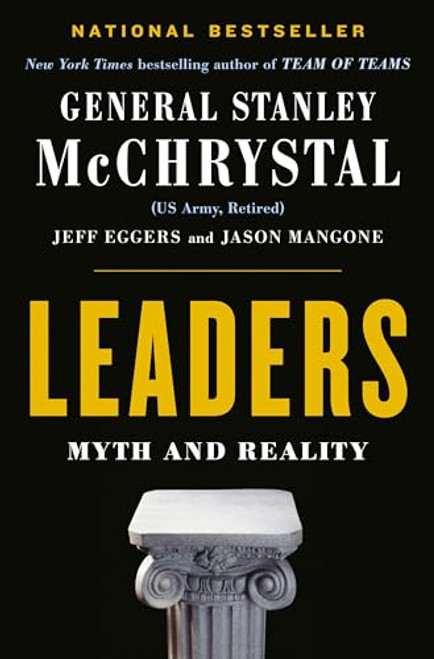Brutal Virtue: The Myth and Reality of Banastre Tarleton- Anthony Scotti. Lieutenant Colonel Banastre Tarleton is one of the most infamous figures in the annals of American Revolutionary War history, as evinced in the recently released major motion picture The Patriot (2000). His British Legion, popularly known as the Green Horse or Tarletons Legion, was an extremely mobile military formation, consisting of both cavalry and light infantry. It participated in most of the major engagements fought in the Southern theater and its Loyalist members committed frequent excesses on and off the battlefield. For Tarleton, suppressing the rebellion was a disagreeable exertion of authority. To the Rebels, the Legionnaire too often discriminated with severity. Historian Christopher Ward, in his classic The War of the Revolution (1952), asserts that the Englishman was shrewd, sudden, and swift to strike and had no equal for dash, daring, and vigor of attack. Yet, as a man, he was cold-hearted, vindictive, and utterly ruthless, and he wrote his name in letters of blood for posterity.
This book is more than a mere reassessment of Banastre Tarleton and the British Legion in the Southern campaigns. Present-day Americans have an image of the dragoon leader as Bloody Tarleton and they do not question its validity. The author attempts to dispel that misconception by first introducing his readers to the myth-making process in American history and then providing objective background information on Tarletons early career and his commands formation and structure.
The campaign activities of the Legion and how the regiment conducted itself in battle as well as in bivouac influenced how contemporaries perceived the Green Horse. Tarleton employed a more brutal version of virtue than his American counterparts, and it is this brutal virtue that has dictated the course of American historiography and the legacy of Bloody Tarleton. Consequently, the author focuses on two areas where Tarleton and his men have received the most condemnation: the lack of discipline and the use of terror. The book concludes with a summary of the Englishmans postwar career and a judgment on the myth and reality of Tarleton and his unit. 2002, c304 pp., illus., index











